A relative of the xylophone, the vibraphone is a melodic percussion instrument consisting of tuned metal bars placed above resonator tubes. The instrument is distinctive because of its use of motor driven fans that allow the player to create a vibrato effect.
Introduced to jazz in the 1920s by musicians such as Lionel Hampton and Red Norvo, it has been a beguiling sonic presence on jazz recordings varying from swing to bebop and cool to avant-garde ever since. Hampton once described it as “an instrument that can express the deepest emotions”, going on to say that “it’s like a voice, a singing voice”.

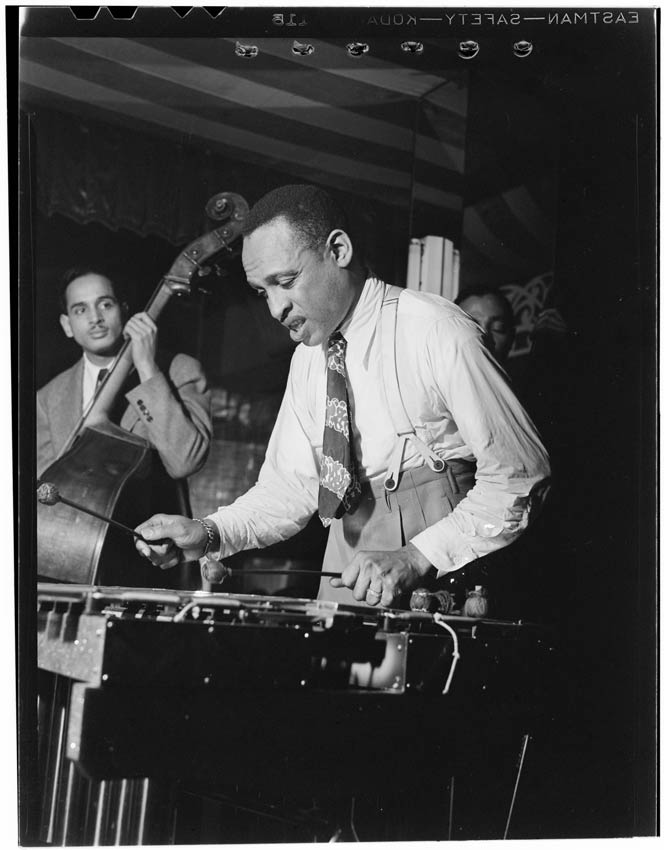
From adding tonal embellishments to taking the lead with detailed harmonically beautiful solos, it is a remarkably versatile instrument. Gary Burton, another master, once commented that “the vibraphone’s unique timbre and resonance make it ideal for exploring complex harmonies and textures”. The albums below exemplify these characteristics.
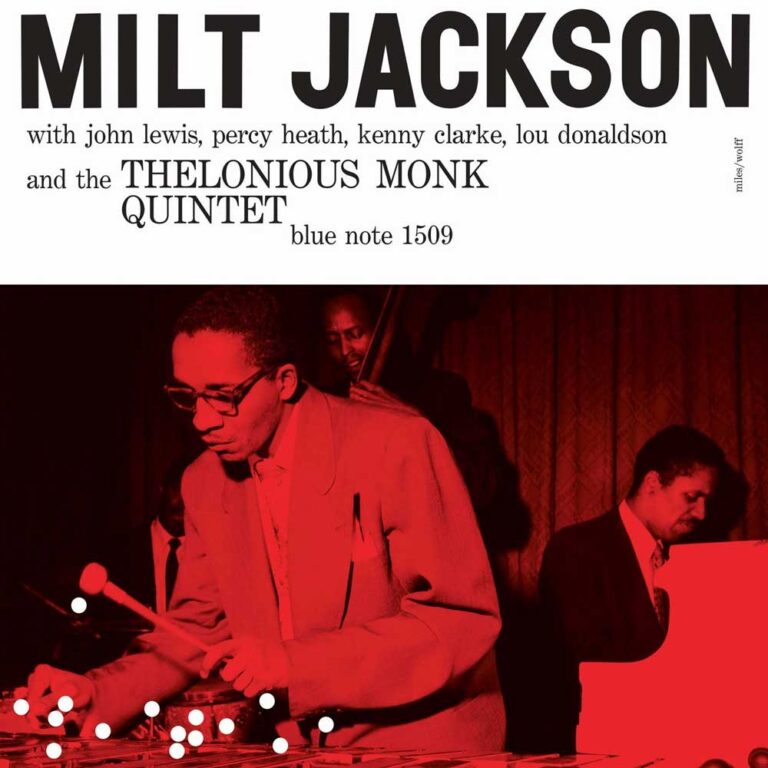
MILT JACKSON Milt Jackson and The Thelonious Monk Quintet
Available to purchase from our US store.A compilation of sorts, “Milt Jackson and The Thelonious Monk Quintet” is a classic of the bebop era. Released in 1956, it brings together material from sessions recorded in 1948 and 1951. The title is a bit of a misnomer as Monk only plays on a few cuts. Many feature John Lewis on piano, Percy Heath on bass and Kenny Clarke on drums – with the addition of saxophonist Lou Donaldson. The four musicians would go on to become the famed Modern Jazz Quartet, whose work would bring the lyrical flair of Jackson’s vibraphone playing greater exposure. His warm tone soars across the top of the compositions, complemented by the piano of Heath and Monk himself where he’s featured. Opener “Tahiti” creates gorgeous interplay between the vibraphone and the sax of Donaldson, while Bags’ Groove would go on to become Jackson’s de facto theme.
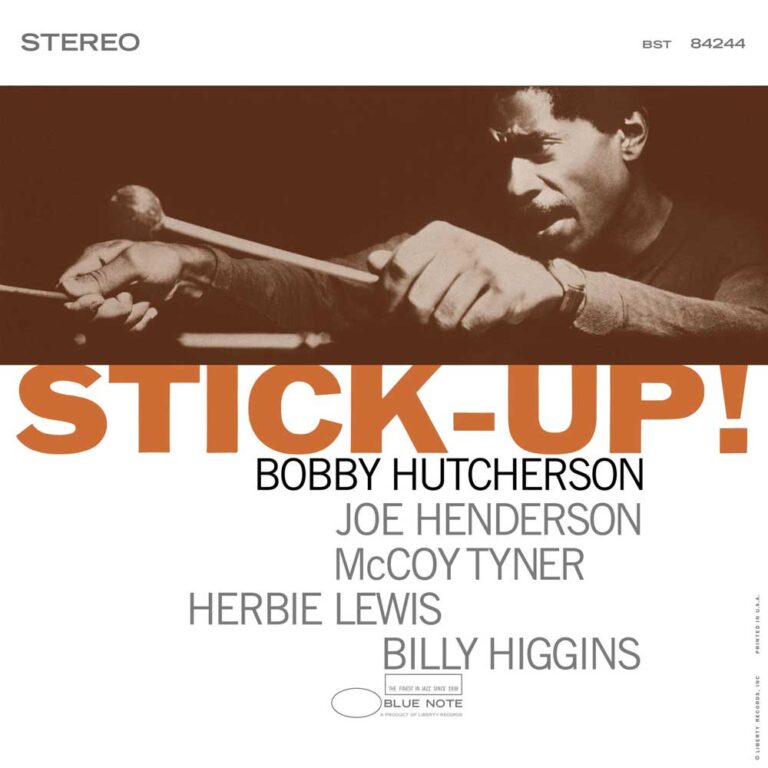
BOBBY HUTCHERSON Stick Up!
Available to purchase from our US store.With “Stick Up!”, vibes master Bobby Hutcherson’s fifth session for Blue Note, he would lay down a set that the label described as covering “a vast expanse of bebop territory”. Recorded in 1966, but not released until 1968, the record helped define much of the Blue Note output within the period, as well as becoming an undisputed classic of modern jazz vibraphone playing. From the thrilling intersection of Hutcherson’s crystalline sound with the piano of McCoy Tyner and the sax of Joe Henderson on Ornette Coleman’s “Una Muy Bonita” – to the languid and deeply evocative playing on “Summer Nights”, Hutcherson demonstrates the extraordinary emotional range of his instrument across this essential album.
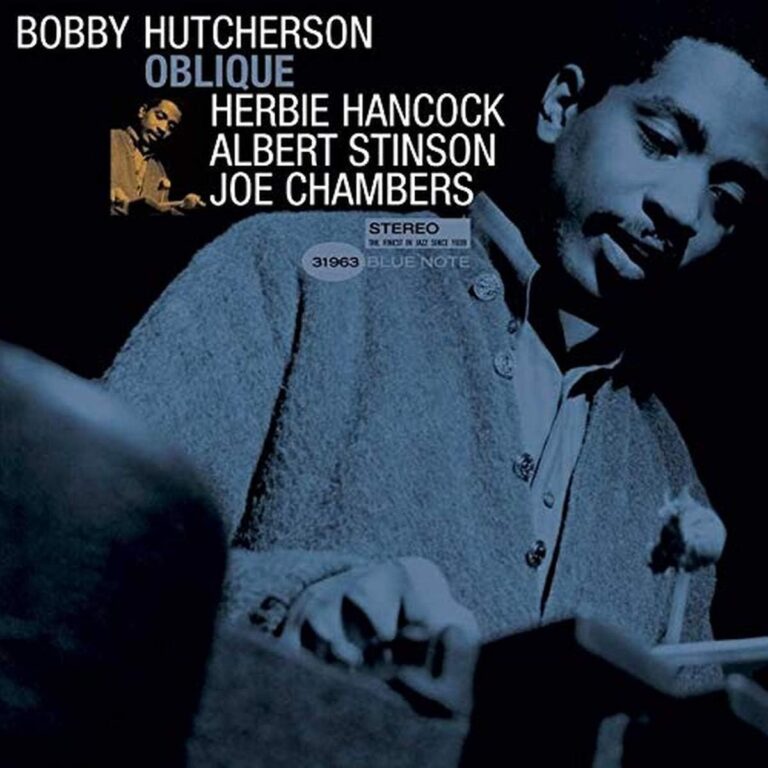
BOBBY HUTCHERSON Oblique
Available to purchase from our US store.Recorded in 1967, but not widely released until 1980 – “Oblique” is a shining example of deeply affecting and impactful jazz from a horn-less quartet. Hutcherson’s sophisticated and harmonically complex vibraphone work is complimented by the piano of Herbie Hancock, propulsive bass playing from Albert Stinson, then only 23, and the drumming of Joe Chambers. The percussionist contributes two compositions, while Hancock’s “Theme from Blow Up” gets an impactful outing. An extraordinary small ensemble record, “Oblique” further cements the legendary reputation of Bobby Hutcherson.
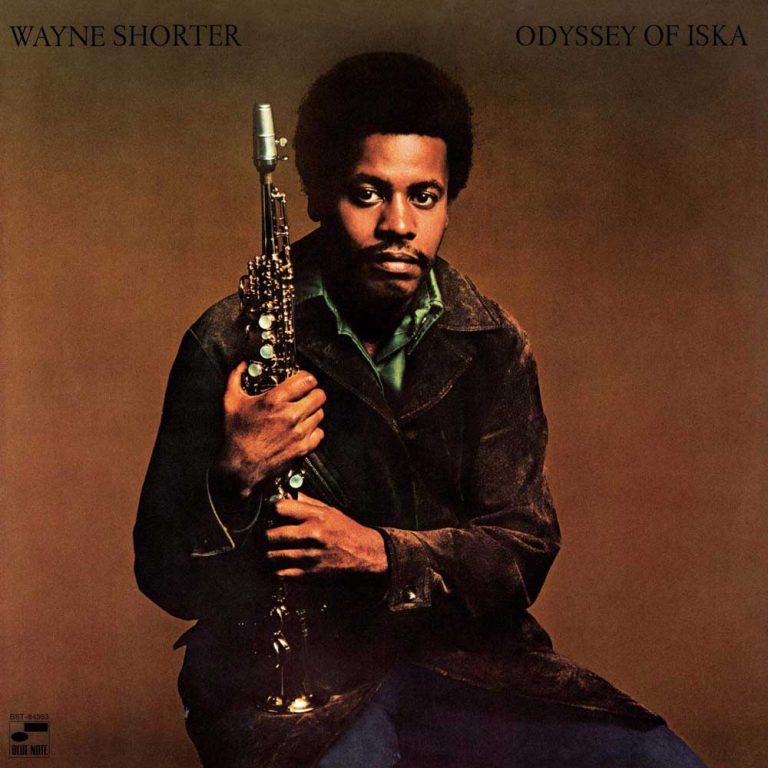
WAYNE SHORTER Odyssey of Iska
Available to purchase from our US store.Not one of saxophonist Wayne Shorter’s most well-known records, “Odyssey of Iska” is however a deeply experimental and intriguing album. Vibraphonist David Friedman uses his instrument and its relative, the marimba to augment the tracks, adding colour and emotional implication rather than taking the lead. Shorter’s sax is of course the star of the show, but the exploratory feel of the record is provided in part by the distinct choices of instrumentation. Free of piano, the album combines Shorter’s playing with guitar, bass and multiple layers of percussion. In this heady brew of sound, Friedman’s vibraphone at times offers counterpoint to the lead instrument with bell-like chimes and elsewhere creates subtle embellishments. While not a vibraphone record in the mode of the others on this list, “Odyssey of Iska” demonstrates the potential of the instrument as a member of an ensemble.
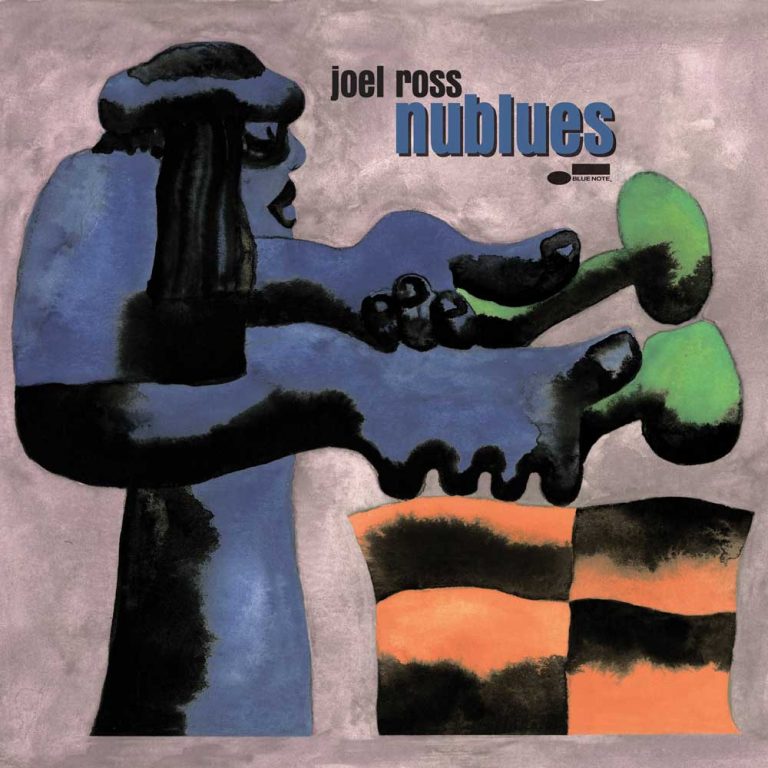
JOEL ROSS nublues
Available to purchase from our US store.Grounded in tradition and reverence for the pioneers of modern jazz, contemporary vibraphone torchbearer Joel Ross has an eye on the future. On this, his fourth full length effort, Ross again works with saxophonist and fellow young jazz sensation Immanuel Wilkins – the two players bouncing off each other thrillingly throughout the set. Seven original Ross compositions sit alongside interpretations of Thelonious Monk’s “Evidence” and John Coltrane classics “Central Park West” and “Equinox”. The title track is a perfect demonstration of Ross’s ability as both a composer and a player. His impactful and spacious lead lines float above the rest of the instrumentation. On “nublues”, Ross demonstrates that his forward-looking contemporary playing is able to stand up alongside the masters and innovators of the instrument.
Read On…Joel Ross – nublues and The Quest For True Improvisation
Andrew Taylor-Dawson is an Essex based writer and marketer. His music writing has been featured in UK Jazz News, The Quietus and Songlines. Outside music, he has written for The Ecologist, Byline Times and more.
Header image: Joel Ross. Photo: Lauren Desberg / Blue Note Records.
